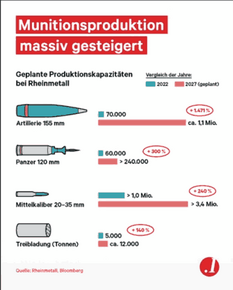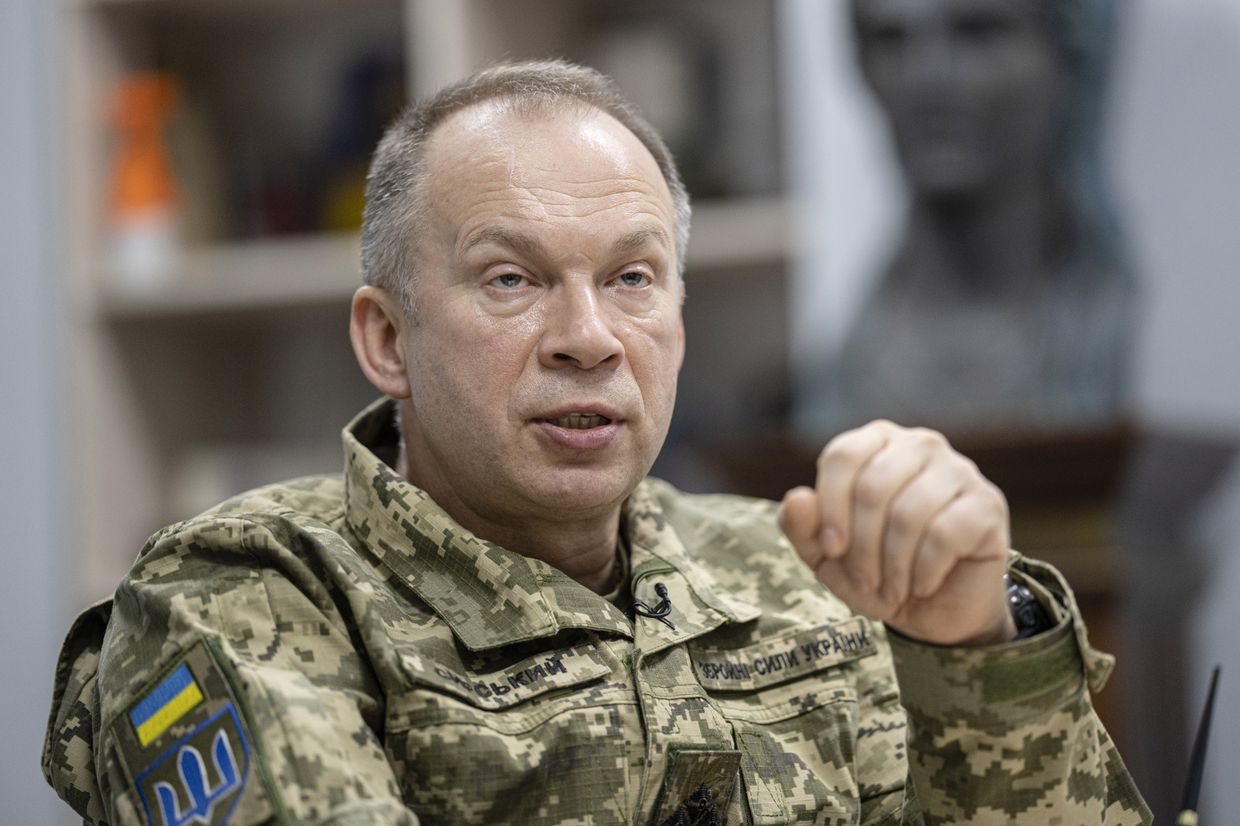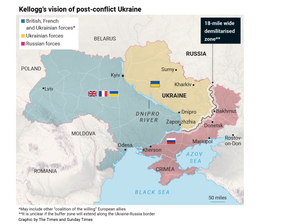My take on
https://static.rusi.org/winning-the-industrial-war-comparing-russia-europe-ukraine-2022-24.pdf
One interesting point is that they do exactly as a certain (and every, I guess -like the German Army in WW2) army does. The unit does the basic repairs, the Maintenance Unit does major repairs, sometimes with teams sent by the factory (they are also sent for deep maintenance) and then "reconstruction" is sent to factory. ("We" never had a catastrophic accident (nor combat damage) so we never had to do that.)
-Alongside the higher than usually acknowledged baseline of expenditure on defence in Russia, the significant expansion of the defence budget since 2022 and the favourable structures of loans to accelerate the availability of funds for defence enterprises, defence has drawn on budgets outside spending allocated to the Ministry of Defence.
So, Russia is spending more money, but not "actually" spending it.
-Russia based many of its industrial targets in 2022 on an assessment of anticipated production in NATO countries.
How have we been doing compared to its expectations? It is not that good when you do what the enemy expects you to do.
-Currently, Russian industry is trying to adapt UMPK kits for its stocks of FAB-5000 and FAB-9000.
If, railroads are going to be in deep trouble. Range, anyone?
-It is also possible to substitute the expensive Krasnopol laser-guided 152-mm projectile and return to the Dynamika module, which was a Russian analogue of the PGK M1156 for projectiles of 152-mm calibre and above, and costs less than $1,000.
More and cheaper, if not that good/posh.
-Primarily artillery shells and missiles, the production of which has increased in Russia since the beginning of 2022 from 14 to 22 times, depending on type.
A lot more.
-Armoured vehicle manufacture, including artillery production, has remained steady at around 2,000 tanks and 3,000 other armoured fighting vehicles per year, although only about 10-15% of these are new-build. However, Russian industry is rapidly acquiring barrel machines and working to expand production lines to increase the output of new-build armoured vehicles.
For general Cavoli.
-Maximizing the combat effectiveness of weapons, according to the Russian criteria for this, by giving preference to mass, cheap samples of weapons and military equipment, and to the restoration and modernization of existing systems.
How Russia wages war, not how we wage war or how we think it should wage war.
-It is evident that Western European states had just weeks of artillery ammunition in stockpile.
How have we been doing compare to its expectations? Not great.
-First, they were unsure how long the demand would last. Second, the core requirements for the Ukrainian military were not assessed to necessarily be the same as for a NATO military -raising the question of opportunity costs. In some cases, ramping up production was seen as coming at the expense of NATO modernization. Third, many countries worried about the competitiveness of an industry over the long term. For example, even if the UK ramped up munitions production, it was feared that it would produce fewer rounds -likely at an uncompetitive price- than Germany.
-Even Intellectual Property is an issue in order to increase production
Business first and making NATO great again... Useful Ukrainians, though.
-For countries on NATO’s eastern flank, the industrial paralysis that was afflicting Europe in 2022 was a cause of alarm. NATO members were depleting their stockpiles but failing to invest in industrial capacity to sustain Ukraine’s or NATO’s ability to fight. In this context, the Estonian government began to agitate for an EU commitment to supply Ukraine with 1 million rounds of 155-mm ammunition within a year.
(The result was that from an ambition to deliver 1 million rounds in 12 months, the EU managed to contract through its framework agreements 40,000 to be made in the first year, and a further 40,000 the following year.)
Pure selfishness...
I have a question here...
-by Russia’s coercion of Europe by constraining energy supplies.
Is that about the Nordstream? I do remember Russia asking to be paid in rubles but, rationing gas?
-defence was not a top priority other than in states along NATO’s eastern flank. Politicians, therefore, largely saw the diversion of major spending from other portfolios to defence as a vote-loser, whereas gifting stores or diverting existing defence expenditure to support Ukraine was a vote-winner.
Bussiness first... votes first...
-A major barrier to scaling the whole munitions enterprise was that key parts of it -especially nitrocellulose enrichment- had been off-shored to China.
A long way to make NATO great again.
-The UK, for example, still has not replaced the man-portable weapons that it gifted to Ukraine in 2022, although it has signed contracts to do so.
I feel a lot safer now... (Living in the UK.)
-This has, in the longer term, created a divergence of interests between money spent on Ukraine and money spent on force modernization.
Them (Ukraine) or us.
-The question that Europe must answer is how it can ensure that it does not find itself in this position (meet the basic defensive needs of one country under war conditions) again.
We cannot, it would be far too expensive.
-Ukraine did not implement formal industrial mobilization. In 2022, only $60 million was allocated for these purposes. This rose to $300 million in 2023 and $1.2 billion in 2024.
No money, no troops.
-In autumn 2022, the production of 152-mm artillery shells began in Ukraine for the first time. In September 2024, Ukraine disclosed that it was producing 155-mm projectiles used in NATO artillery systems in Ukraine... by the provision of relevant machines by another state.
How many millions a year?
-limited funds and restrictions on access to components have significantly limited Ukraine’s ability to scale the output of such (missiles) programs.
No money, not enough of those components around.
-The third tier consists of companies that can replicate simpler successful designs but are not able to design effective UAVs. This comprises the bulk of enterprises.
Not that advanced, not that many.
-In 2024, the Ukraine’s private company KZVV began to produce 15 Bogdan self-propelled artillery systems of 155-mm calibre each month. (According to Ukrainian Ministers, Ukrainian Ministry of Defence, and Armed Forces of Ukraine representatives.)
We just need to compare it (the figure provided by Ukraine) to +in storage -losses.
-In 2023, of the 4.9% increase in Ukrainian GDP, 1.5 percentage points came from the defence industry.
Is Ukraine overheating its economy... Like Russia?
-a lack of funds remains the main challenge for Ukraine’s defence industries. The Ministry of Strategic Industries continues to assess a significant level of slack capacity in Ukraine’s industries owing to a lack of finance.
Nervos belli, pecuniam infinitam. Always money...









